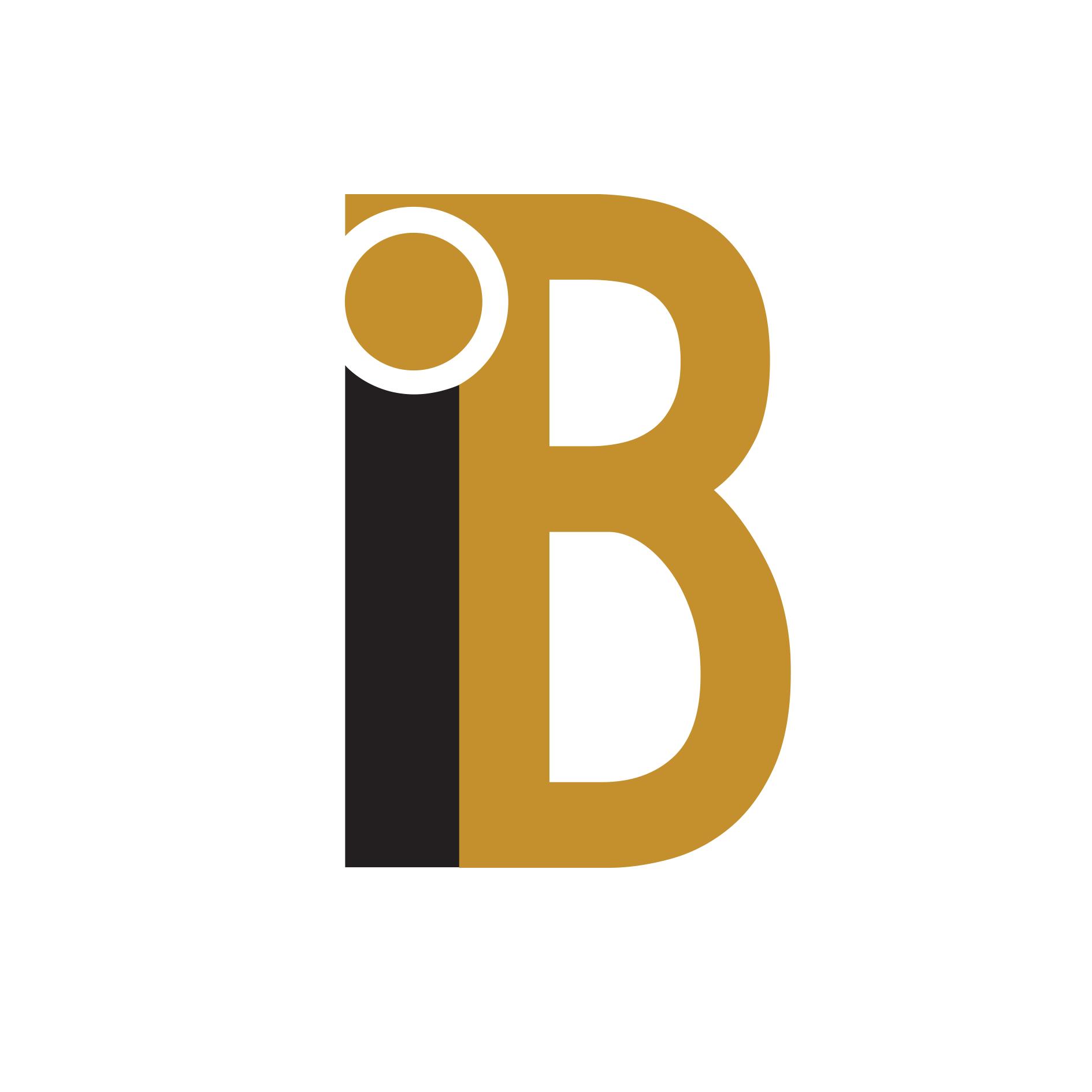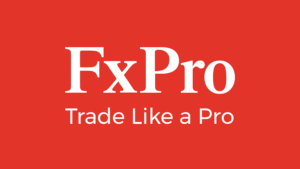By Nell Mackenzie, Carolina Mandl and Summer Zhen
LONDON/NEW YORK/HONG KONG (Reuters) – For hedge funds, the second half of 2023 is all about pouncing on the ways in which inflation, aggressive rate hikes and decarbonisation are shaping the economy.
Major central banks have collectively raised rates by more than 3,750 basis points since September 2021, and while the pace has eased, the world economy has yet to feel the full effect.
Four prominent funds shared their ideas using four different asset classes to trade on this uncertainty.
The ideas do not represent recommendations or trading positions, which hedge funds cannot reveal for regulatory reasons.
1/ UBS O’CONNOR
* Alternatives platform, with both hedge funds and credit
* Size: $9.5 billion
* Established in 2000
* Key trade: Long so-called “busted” convertible bonds, or hybrid securities where the stock trades below its option conversion price.
Casey Talbot, co-chief investment officer of UBS O’Connor Multi-strategy Alpha, suggested investing in convertible bonds trading at a discount.
Companies took advantage of relatively easier financing conditions between 2020 and early 2022 to raise money by issuing a particular kind of bond that can be converted to stock.
At the time, these companies sporting high equity valuations and low bond coupons issued low to no coupon convertible bonds.
“With the move in rates and the correction in equities, these converts are now trading at extremely low dollar prices,” Talbot said.
They may offer investors a good return if the issuer company engages in M&A activity or if it decides to buy back the bond to take advantage of its debt lower price.
2/ INDUS CAPITAL PARTNERS
* Asia-focused investment firm specializing in equity strategies
* Size: $3.5 billion
* Founded in 2000
* Key trades: Long Japanese companies benefiting from B2B inflation and improvement in real wages
Byron Gill, managing partner and portfolio manager at Indus Capital Partners, sees opportunities in Japanese companies benefiting from business-to-business (B2B) inflation, where one firm passes on rising costs to another.
His hedge fund has added long exposure to the industrials and materials sectors, to companies that are equipped to handle rising costs and raise their prices beyond that while initiating long-overdue changes to pricing practices.
Indus’ portfolio manager Howard Smith said he was focused on identifying beneficiaries of improving real wages such as domestic retailers and restaurants.
Japan’s real wages fell for a 13th straight month in April, latest data shows.
3/ MAERLI CAPITAL
* Multi-strategy hedge fund
* Size: 300 million euros ($327.96 million)
* Founded in 2022
* Key trade: Buy gold
Maerli Capital founder Anastasia Tarasova said a weaker dollar and volatility around the Federal Reserve interest rate outlook makes it a good time to look at precious metals.
Central banks have recently been replenishing gold reserves at historical levels, she said.
Tarasova said gold could reach $1,950 to $2,000 an ounce by end-2023, implying a gain of more than 5.5% from the current $1,895.
If the outlook worsens and gold rises through $2,070, Tarasova saw a further rally to $2,090-2,100.
“The geopolitical consequences of the conflict in Ukraine are still unclear, so the demand for gold as a protective asset remains relevant,” she added.
4/ REDHEDGE ASSET MANAGEMENT
* Redhedge Synergy Total Return is a credit hedge fund inside the asset manager
* Size: $380 million AUM
* Founded in 2014
* Key trade: Long investment grade bonds and short high-yield bonds
Andrea Seminara, founder and CIO at Redhedge Asset Management, believes bond markets underestimate how big a player the European Central Bank remains.
“People underestimate the percentage of new bonds they buy,” said Seminara.
The ECB is winding down its bond holdings but remains a big holder of euro area bonds.
Seminara added that a huge equity rally driven by stocks related to an artificial intelligence (AI) boom contributed to the tightness in the spread between bonds with similar maturities but different credit ratings.
If a recession hits the price of high-yield bonds this will widen the difference between highly rated investment-grade bonds and riskier peers, she added.
Seminara favored long positions in investment grade bonds and shorting high yield ones via the iTraxx Europe and iTraxx crossover indices.
($1 = 0.9147 euros)




















